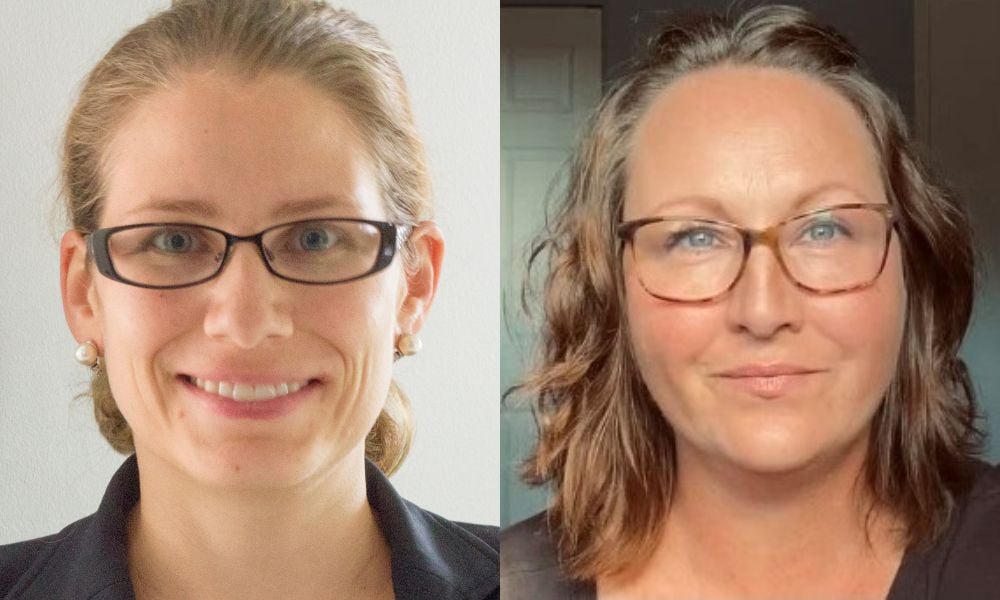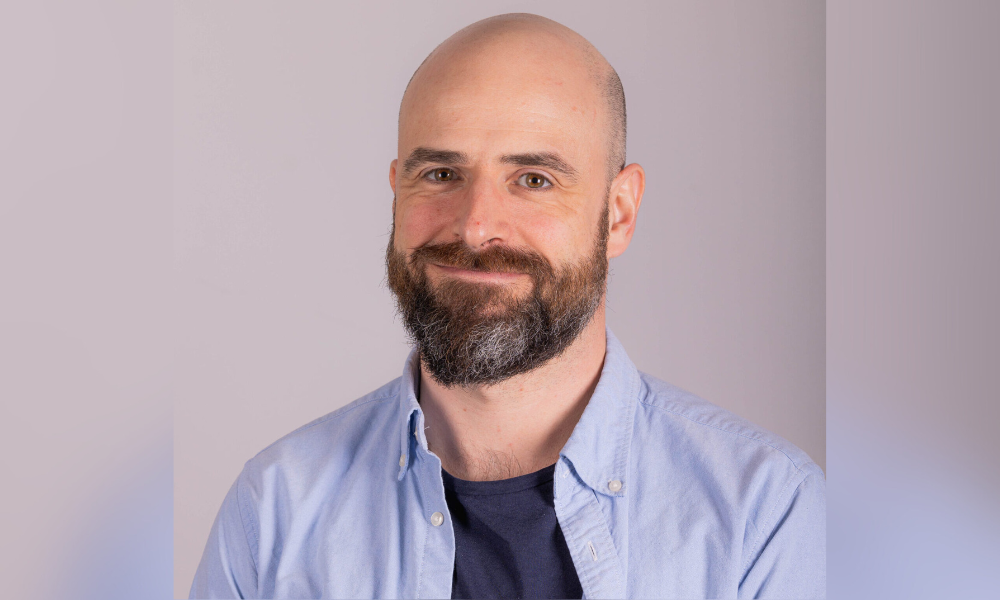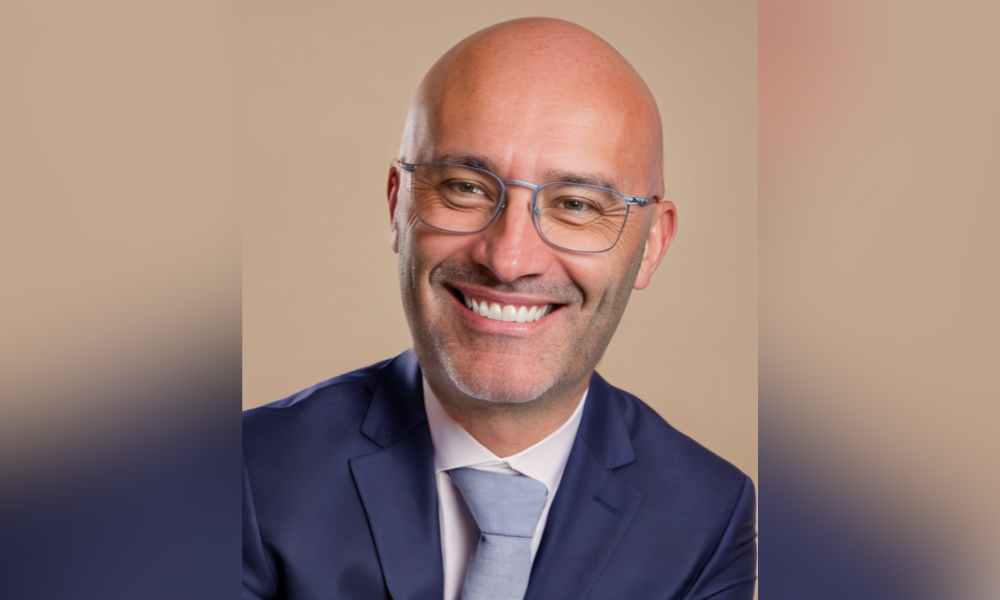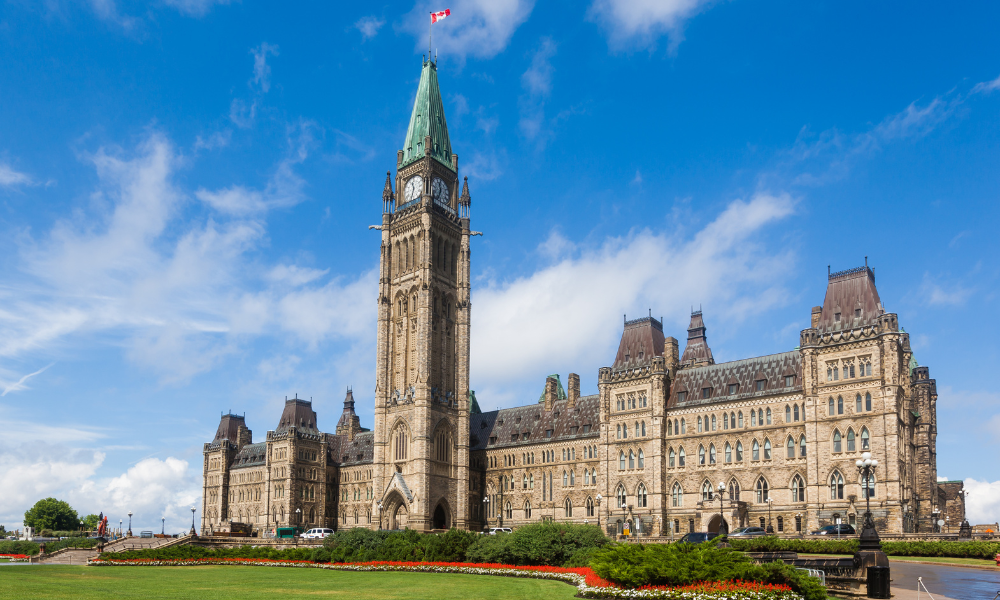'Those discussions start to inform awareness and build that understanding of diverse perspectives and challenges'

When Erin Prefontaine, who is Metis, was looking at joining a new company, it was the identity of one HR staff member that sealed the deal.




